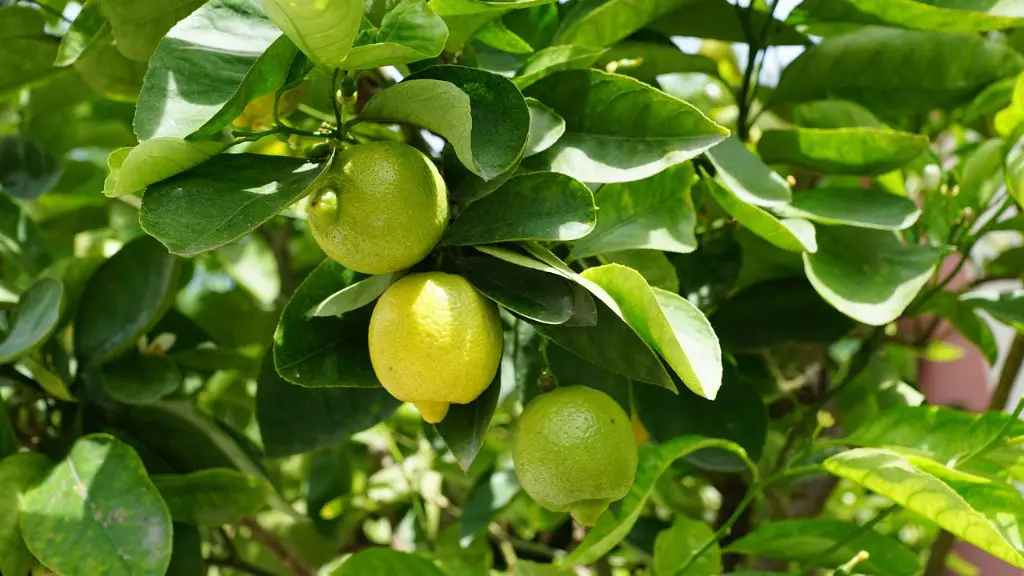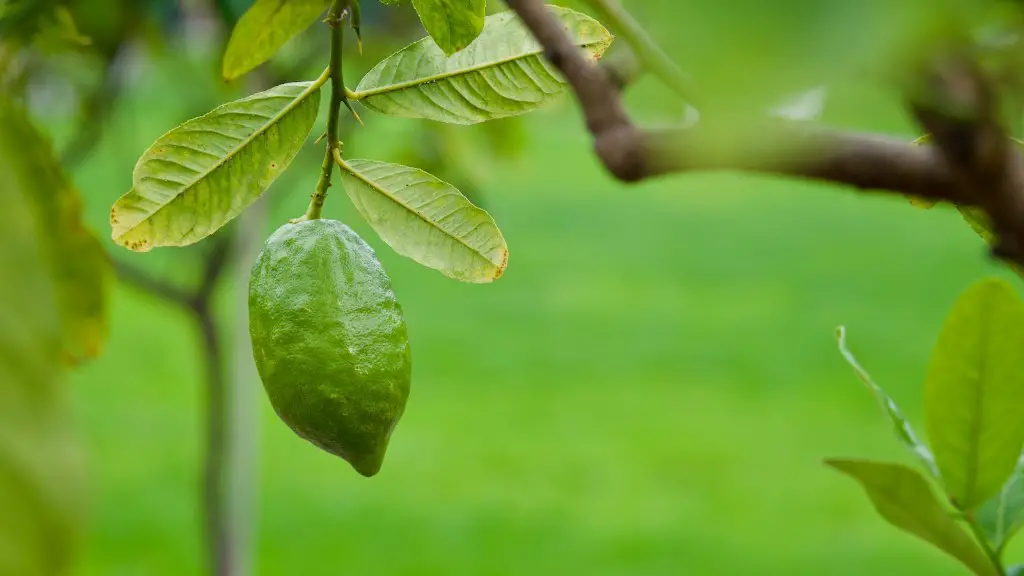Palm trees have been a symbol of beauty, rejuvenation and strength in many cultures. Traditionally, they are usually made of natural materials such as wood and leaves. However, with new and innovative materials like cardboard, it is now possible to recreate the beauty of the classic palm tree in the form of cardboard. Making your own palm tree out of cardboard is not only fun, but also an inexpensive way to create your own tropical paradise.
The first step in making a cardboard palm tree is to gather the necessary materials. You will need cardboard of various sizes, glue, tape, scissors, a ruler and some markers or paint. It is best to use strong cardboard for the trunk and branches of the tree. You can find different shapes and sizes of cardboard for this purpose such as corrugated cardboard, cardboard tubes or even old cereal boxes.
Next, you need to cut the cardboard into pieces that will be used to build the tree. Start by cutting the cardboard into strips or triangles depending on your desired shape of the tree. You can then glue the pieces together into the shape of the trunk and the branches. You may want to use markers or paint to give the tree a more realistic look.
Once the trunk and branches are in place, you can start adding leaves to your palm tree. You can use cardboard for this purpose as well, cutting out or drawing patterns of leaves. If you want a more realistic look, you can also use fabric or silk in different colors or even cut out leaves from a paper palm tree. You can glue the leaves onto the branches of your palm tree in whatever pattern you desire.
The last step is to add foliage to your palm tree. This can be done by using green paint, fabric or even tissue paper to give your tree a lush, green look. You can also use different colors to create a multi-colored effect. Once the foliage is in place, it is time to add a few finishing touches. You can add small seashells, beads or other decorative elements to give your palm tree a unique and eye-catching look.
Making a palm tree out of cardboard is a great craft project to make with the kids. It is simple to make and does not require much in terms of materials or tools. With a few basic materials, you can create your own tropical paradise in no time.
Advanced Tips and Techniques on How to Make a Palm Tree Out of Cardboard
For more advanced crafters, there are many ways to make a more detailed and realistic looking palm tree out of cardboard. Techniques such as painting the whole tree to give it a more lifelike color or adding plants or fake vines to fill in the gaps between branches, can take your tree to the next level. You can also use feathers or other materials to make the leaves look more realistic.
Tips on How to Secure the Cardboard Palm Tree and Make it Last Longer
Often, cardboard projects are not very durable, but there are a few ways to make a cardboard palm tree last longer. Use a hot glue gun to secure the pieces together and add a few coats of sealant or paint to the tree. This will give your palm tree a layer of protection from the elements. Additionally, you can use a threaded rod or pipe and attach it to the trunk for extra protection.
Tips on How to Display Your Cardboard Palm Tree
There are a few ways to show off your new palm tree. You can hang it from the ceiling or attach it to a wall. You can also place it in a pot and adorn it with plants and flowers. Another great way to display your cardboard palm tree is to share it with friends. Create a tropical oasis at your next backyard party, by setting up the tree with lounge chairs, tiki torches and cool drinks.
What Can You do with the Remaining Cardboard?
Once you have created your palm tree there is still plenty of room for creativity with the remaining cardboard pieces. You can use them to make decorations such a hibiscus or sunbursts or you can cut shapes and letters to create a sign. You can also paint the pieces and hang them up for an added pop of color.


